Time Period: Early Twentieth Century (1901 - 1940) - Starting with O
Old Union School
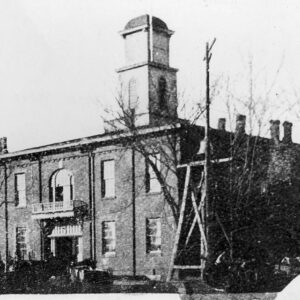 Old Washington County Courthouse
Old Washington County Courthouse
Oldfield, Pearl
aka: Fannie Pearl Peden Oldfield
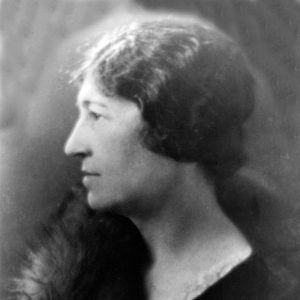 Pearl Oldfield
Pearl Oldfield
 William A. Oldfield
William A. Oldfield
Oldfield, William Allan
On a Slow Train Through Arkansaw
One-Drop Rule
aka: Act 320 of 1911
aka: House Bill 79 of 1911
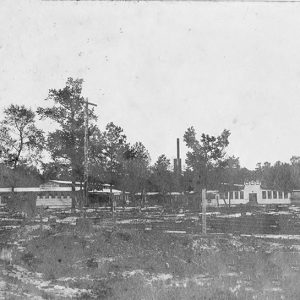 Ong Chair Company
Ong Chair Company
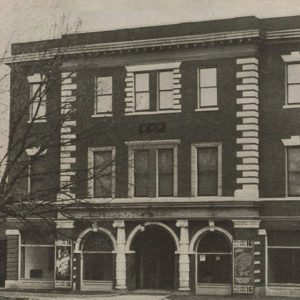 Opera House
Opera House
 Opera House
Opera House
 Operators Strike Article
Operators Strike Article
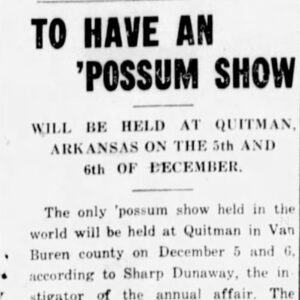 Possum Show Article
Possum Show Article
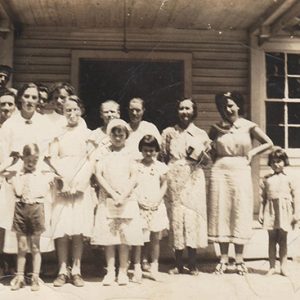 Optimus School Students
Optimus School Students
 Ordnance Plant Employee Manual
Ordnance Plant Employee Manual
 Ordnance Plant I.D. Badge
Ordnance Plant I.D. Badge
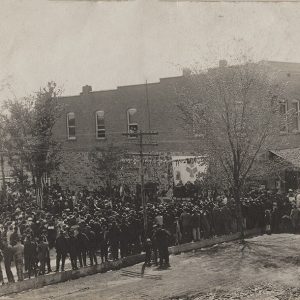 Orphan Train
Orphan Train
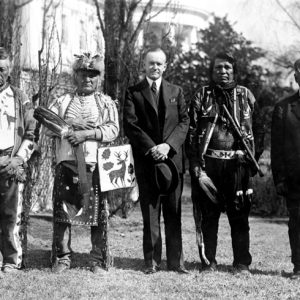 Osage Indians
Osage Indians
 Osbornes
Osbornes
 Osceola (Mississippi County)
Osceola (Mississippi County)
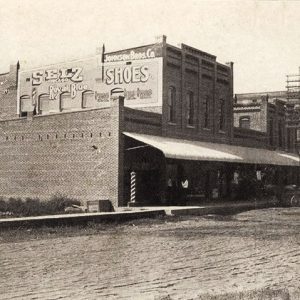 Osceola Street Scene
Osceola Street Scene
 Osceola View
Osceola View
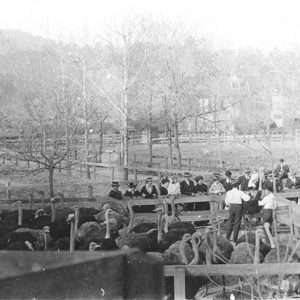 Ostrich Farm
Ostrich Farm
Ostrich Farm in Hot Springs
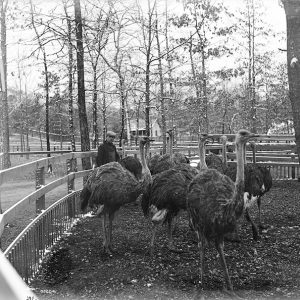 Ostrich Farm in Hot Springs
Ostrich Farm in Hot Springs
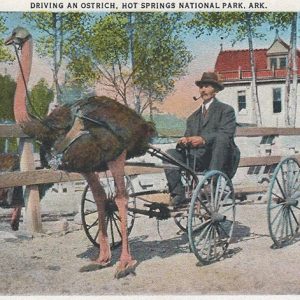 Ostrich Farm Postcard
Ostrich Farm Postcard
 Ostrich Flock
Ostrich Flock
 Ostrich Hatchlings
Ostrich Hatchlings
Otis Theodore and Effiegene Locke Wingo House
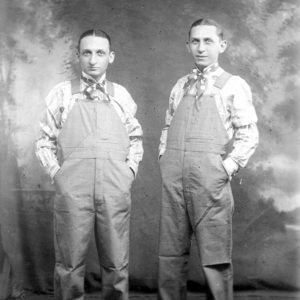 Ottenheimer Brothers
Ottenheimer Brothers
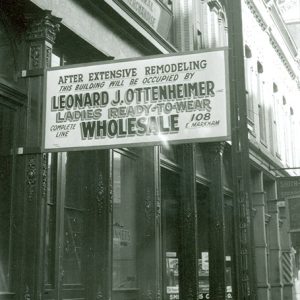 Ottenheimer Store
Ottenheimer Store
 Daniel Ottenheimer
Daniel Ottenheimer
Ottenheimer, Gus
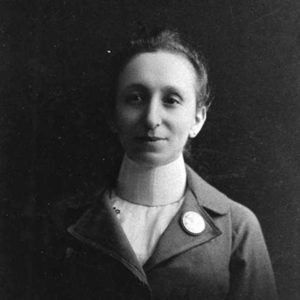 Hannah Berger Ottenheimer
Hannah Berger Ottenheimer
 Gus Ottenheimer
Gus Ottenheimer
 Leonard Ottenheimer
Leonard Ottenheimer
Ouachita Avenue Historic District
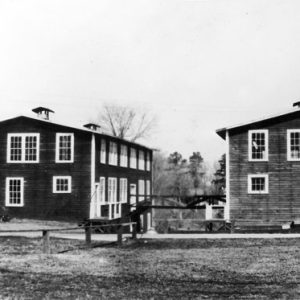 Ouachita Baptist University
Ouachita Baptist University
 Ouachita Baptist College
Ouachita Baptist College
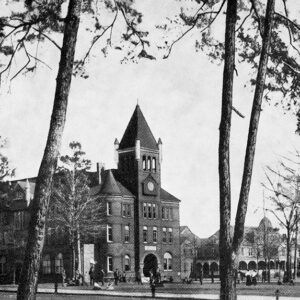 Ouachita College
Ouachita College
 Ouachita College Mascot
Ouachita College Mascot
Ouachita County Courthouse
 Ouachita River
Ouachita River
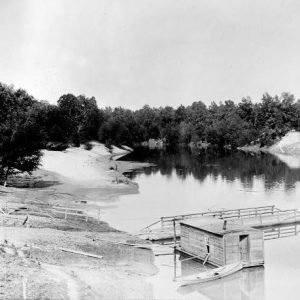 Ouachita River Ferry
Ouachita River Ferry
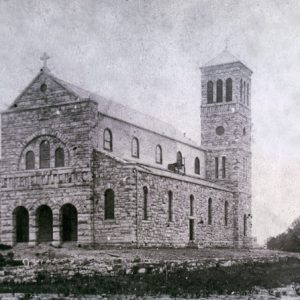 Our Lady of Perpetual Help
Our Lady of Perpetual Help
Overstreet Hall
 Overstreet Hall
Overstreet Hall
Owen, Hurley (Lynching of)
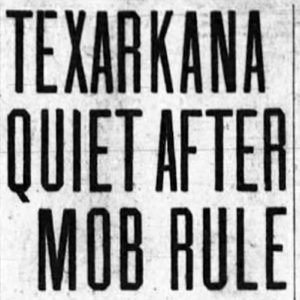 Owen Lynching Article
Owen Lynching Article




